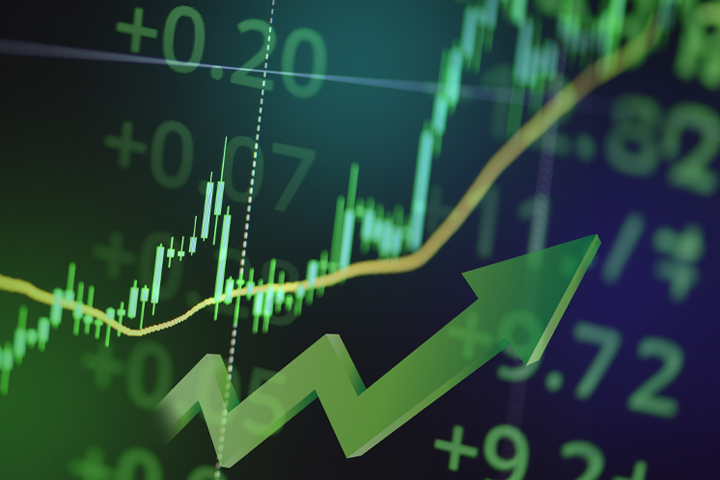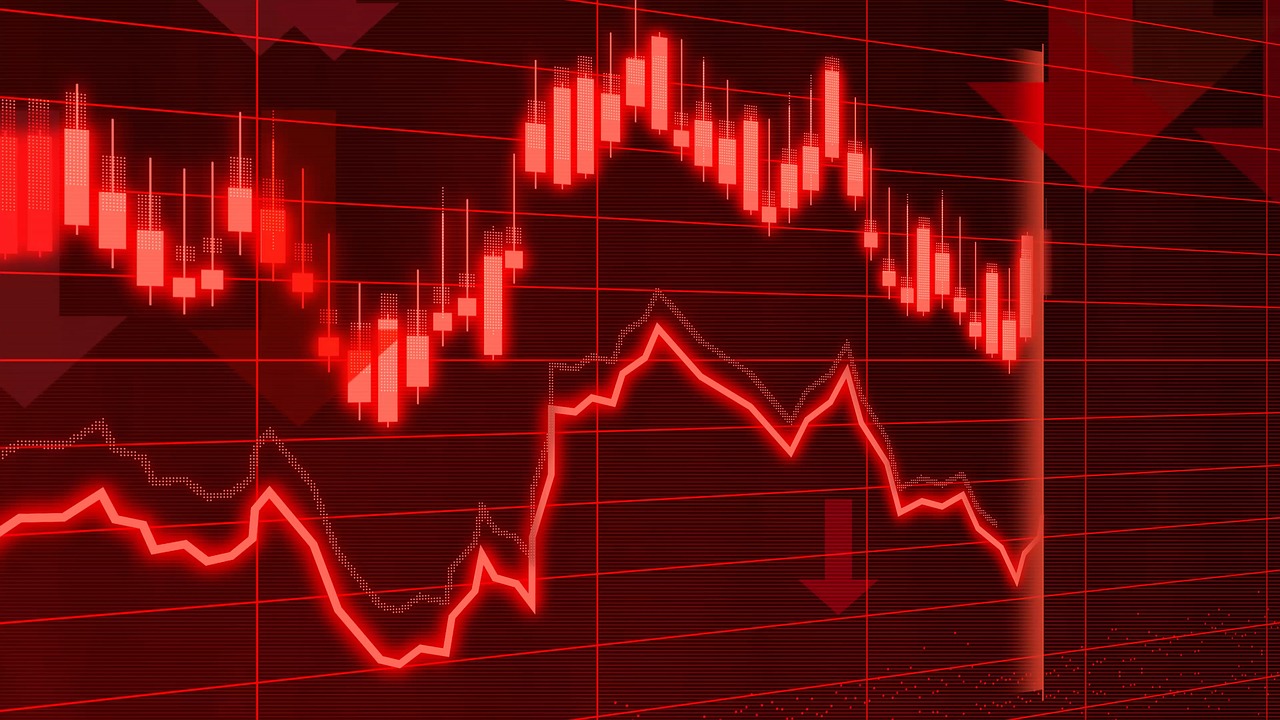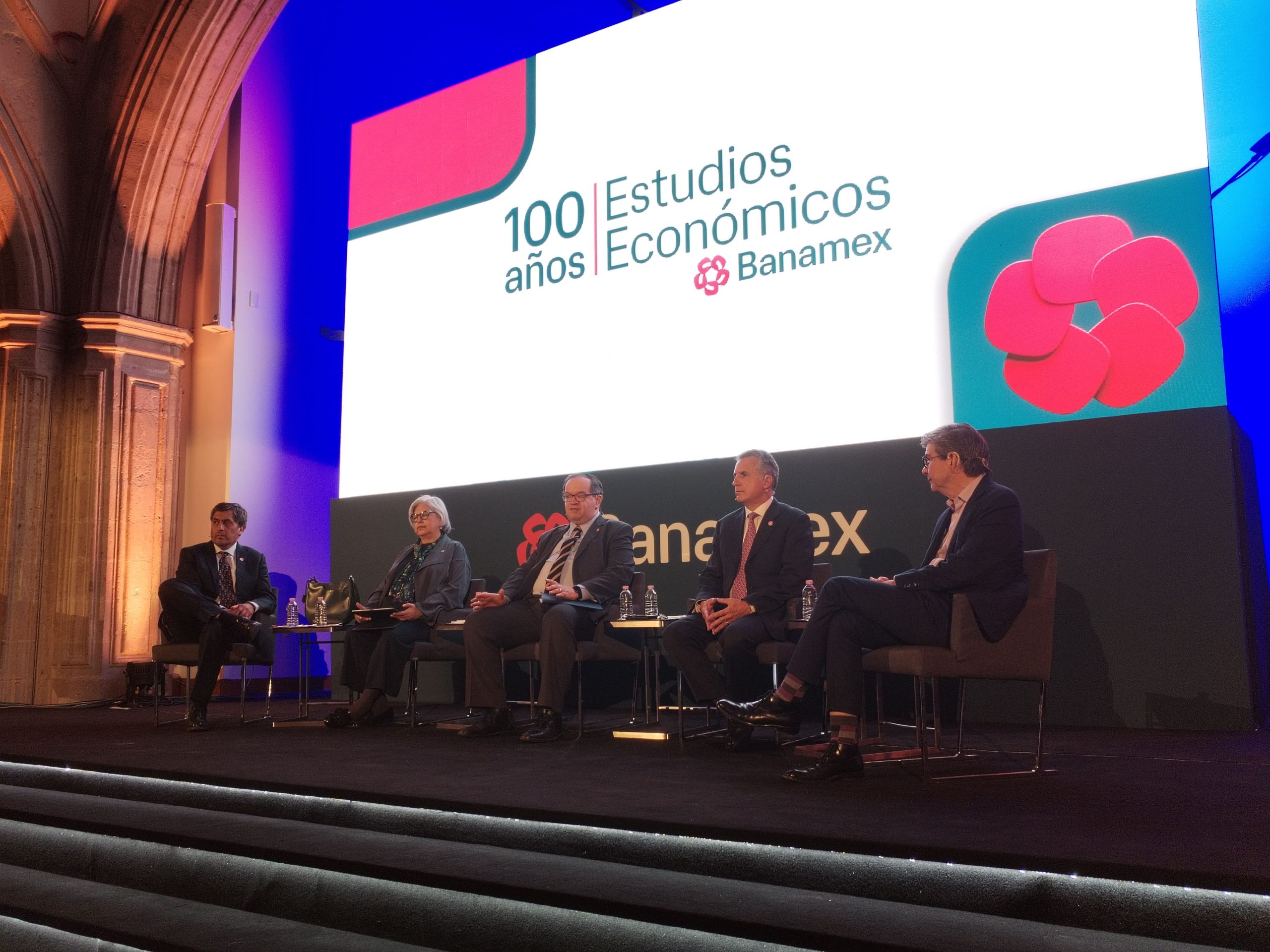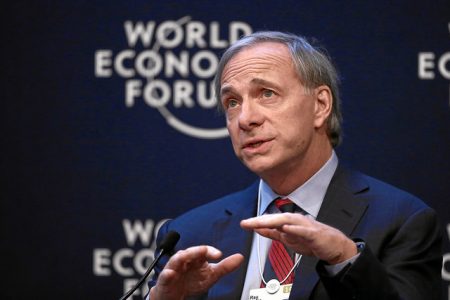
With investors around the world engulfed in uncertainty and surrounded by a minefield of risks —of all kinds— valuations have been more volatile in the financial markets. Such an episode was experienced this Monday in international markets, with sharp declines in Asian and European stock exchanges and a shaken day on Wall Street. In this context, Latin American markets were not exempt from the turbulence, although signs of resilience helped soften the impact on stock markets.
Echoing the growing uncertainty surrounding global economic dynamics caused by the trade war unleashed this year by the U.S. —which, in its latest round, included the announcement of a possible additional 50% tariff for China if it does not withdraw its announced 34% mutual tariff— and heightened recession risks in the North American country, global markets are going through a delicate moment.
“Global markets are facing one of their tensest moments since the pandemic, amid a flood of tariff pressures, fears of a synchronized recession, and a brutal stock market correction that has generated extreme volatility. The week begins with a markedly negative tone, as major analysis firms drastically adjust their projections, central banks maintain a cautious stance, and political discourse deepens uncertainty,” said analysts from ATFX Latam in a market commentary.
However, although Latin America is expected to suffer some economic fallout, it is also seen as a relatively resilient space. Most of the region’s major economies remained with the base global tariff of 10% on Donald Trump’s so-called “Liberation Day” and, outside of Mexico, the impact seems more indirect.
The Day in Brazil
The largest financial market in the region was dragged down by fears of a recession in the U.S., hitting both stocks and the local currency. The Bovespa index closed down 1.31%, while the dollar rose 1.30% against the real, as investors flocked to safer assets.
Even so, local markets emphasize that the Brazilian market is not in a bad position, relatively speaking.
“I would not reduce positions in Brazilian stocks at this moment. We will probably suffer less than developed economies,” said Everaldo Guedes, CEO of PPS Portfolio Performance, a consultancy advising major pension funds in Brazil, to Funds Society. Some of these funds sought Guedes’ guidance on Monday.
“At this moment, with such high interest rates in Brazil, I give in: it’s time to make a tactical move and reduce risk positions in global equities. But with a finger on the trigger to return quickly once there are signs of improvement or negotiations,” he recommends.
Brazil is also on the list of countries subject to 10% tariffs.
The Mexican Case
Although Mexico escaped the “tariff blow” announced for most countries around the world, it is one of the countries markets have been watching most closely. This is because Mexico is on the front line of countries the Trump administration has targeted for their “imbalances” in trade with the U.S.
Still, the day of volatility brought losses, but within ranges that have already been seen and tolerated.
The most affected area was the Mexican peso, which reached a high of 20.84 pesos per dollar during the day. At the close of this note, the increase stood at 1.38%, while the local stock market, as measured by the benchmark S&P/BMV IPC, posted a 1.93% drop.
It is important to remember that although the peso came from extreme levels of strength last year, having traded as low as 16.00 pesos per dollar, it has also reached a value of up to 25.13 units. This is, in fact, the current historic maximum exchange rate for the peso-dollar relationship, recorded in March 2020 when global lockdowns began due to the pandemic.
Local analysts believe the next critical date for Mexican assets is this Tuesday when it will be known if Trump fulfills his threat to impose 50% tariffs on China. “We are going to see a lot of uncertainty over the next few hours, but then more critical dates will follow. We are in a context of high uncertainty and volatility,” said Gabriela Siller, director of analysis at Banco Base.
Limited Impact in Chile
On Liberation Day, Chile was relieved to see it was left only with the 10% base tariff and that the White House decided not to include copper in the tariff announcements. However, this does not mean it will not feel international shocks.
The dollar appreciated 0.99% against the Chilean peso, while the impact on the stock market was greater. The S&P IPSA, the local benchmark index, lost 3.36% of its value.
Although local markets highlight that the Andean country has a diversified list of trading partners, it is also heavily exposed to foreign trade. “While the direct impact on Chile would be limited, indirect effects could be significant due to a lower expansion of our main trading partners,” indicated the Department of Studies at Santander Chile in a recent report.
This external deterioration, they forecasted, “combined with the expected impact on company and household expectations, will negatively affect exports, as well as consumption and investment.”
The rest of the Andean region recorded its own red numbers. In Peru, the benchmark S&P Lima General index fell 1.13%, while the dollar rose 1.03% against the sol. In Colombia, the Colcap dropped 0.67% and the U.S. currency climbed 2.45% against the Colombian peso.
Argentina and the Dollar
On the other side of the Andes, the Buenos Aires stock exchange had a similarly turbulent day. In addition to the stock market, where the Merval fell 3.88%, the exchange rate —an eternal valve for financial tensions— jumped, widening the gap with the official dollar.
Figures compiled by El Cronista show that, while the Dólar BNA (Banco de la Nación Argentina) showed virtually no variation, the Dólar Blue jumped 2.67% and the Dólar MEP (Electronic Payment Market exchange rate, also known as Dólar Bolsa) rose 1.92%.
From the local market, a report from Adcap Macro Research —signed by Eduardo Levy— warns that the deeper blow to global dynamics could come from capital flows. “The growing use of tariffs and the dollar as political weapons is forcing many international investors to rethink their exposure to the U.S.,” they indicated.
“While markets were still processing the magnitude of the tariff shock, the U.S.’s main trading partners had already begun to move. The global response combines direct retaliation, legal uncertainty, and geostrategic maneuvers,” they added.
Uruguay, meanwhile, saw its local currency depreciate by around 1% against the dollar.
Both countries along the Río de la Plata are among those subject to the 10% tariff group.










